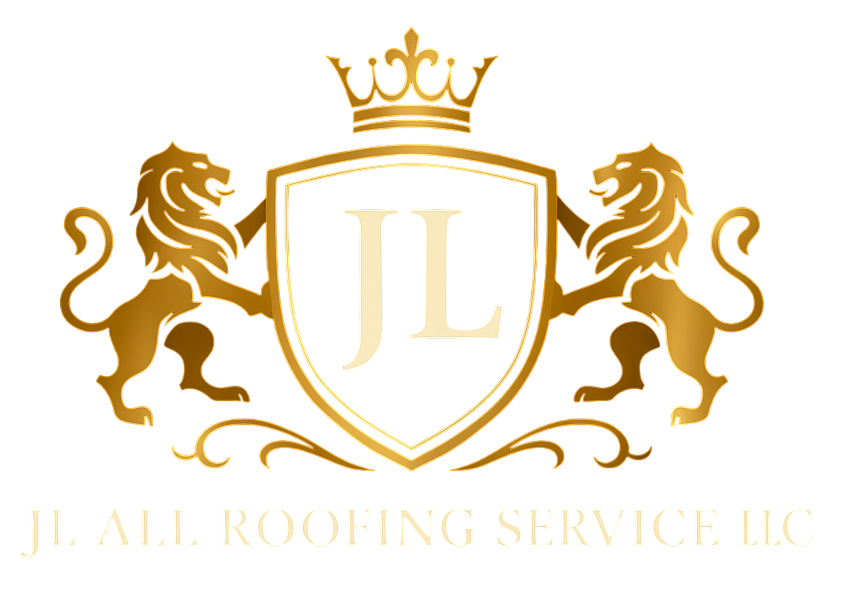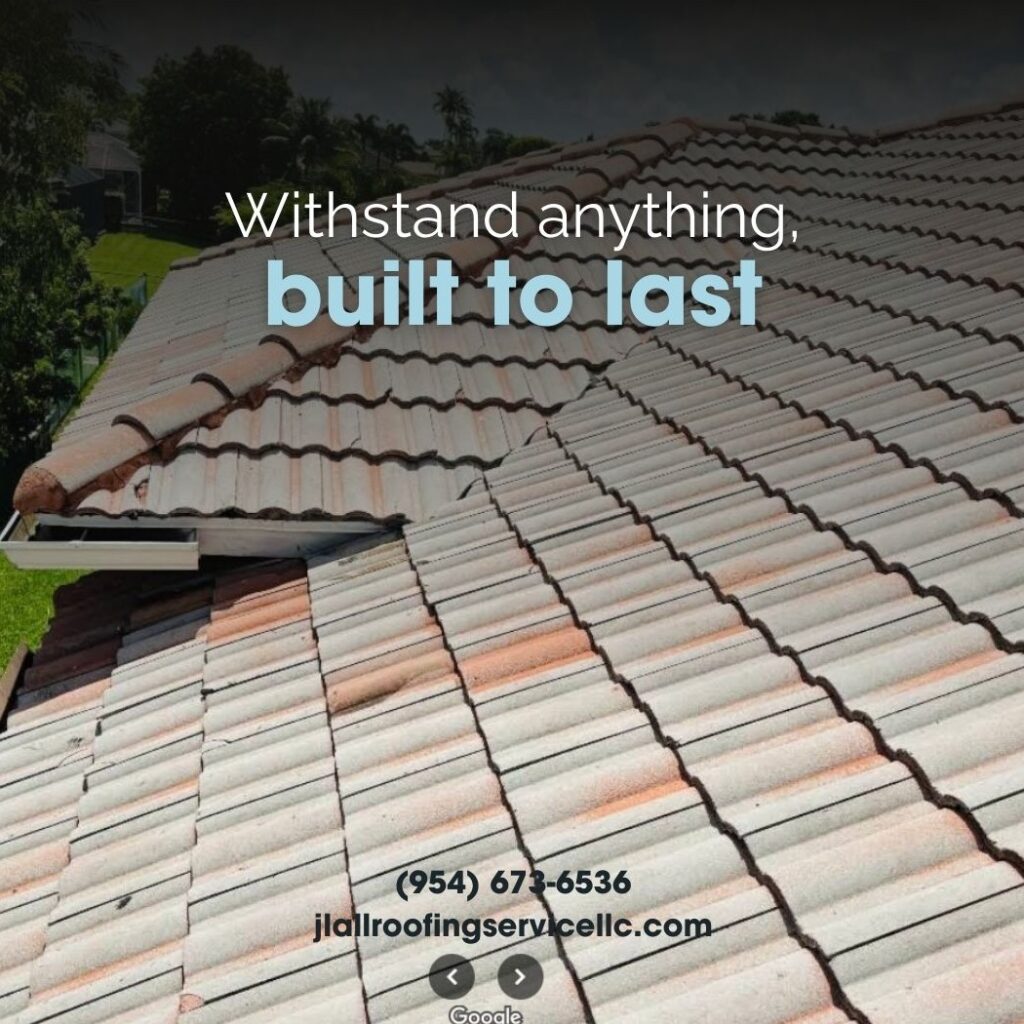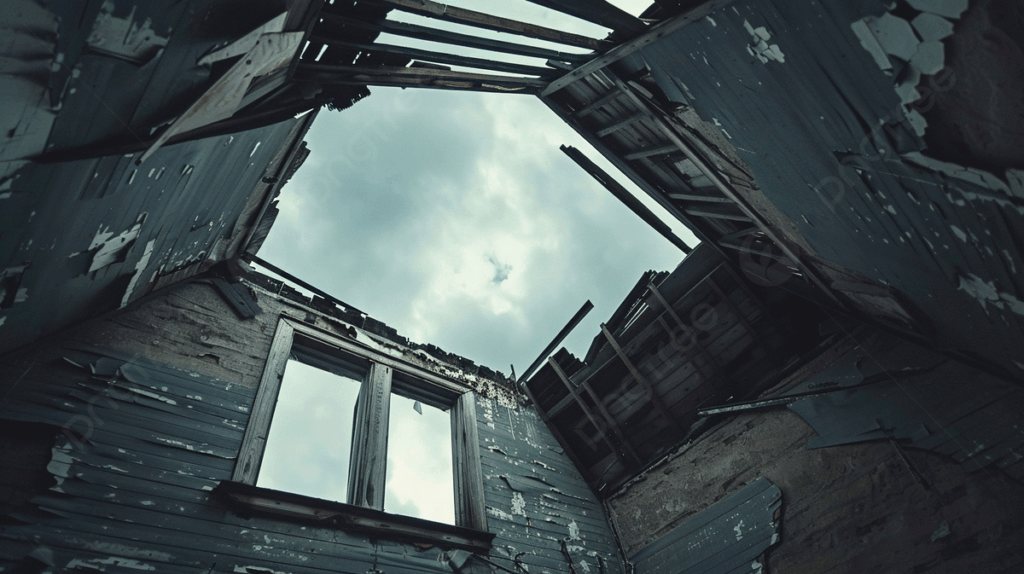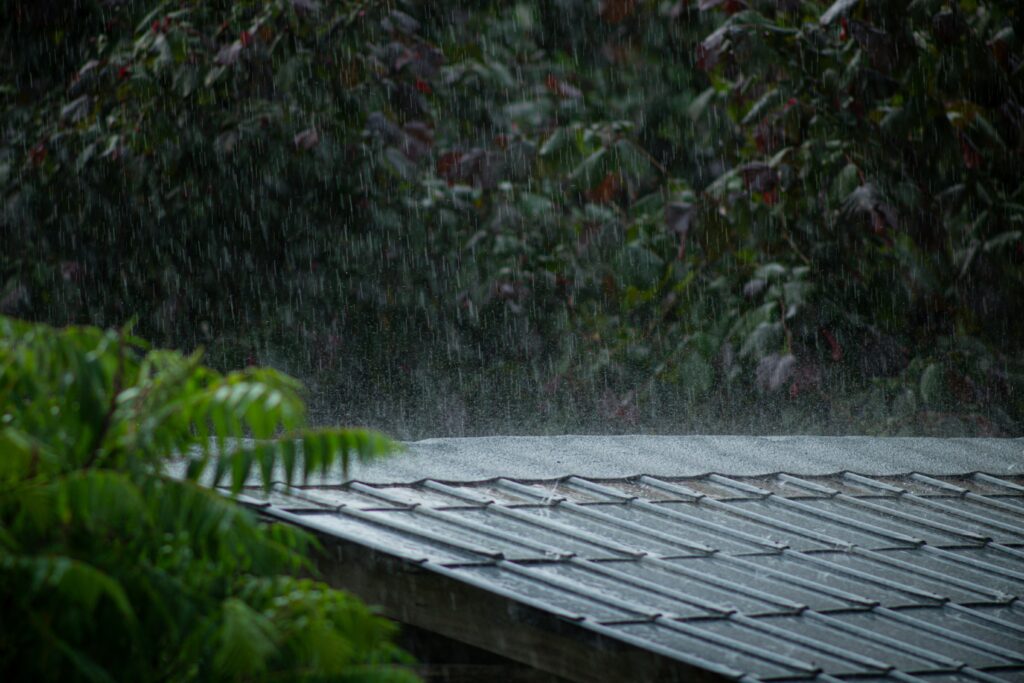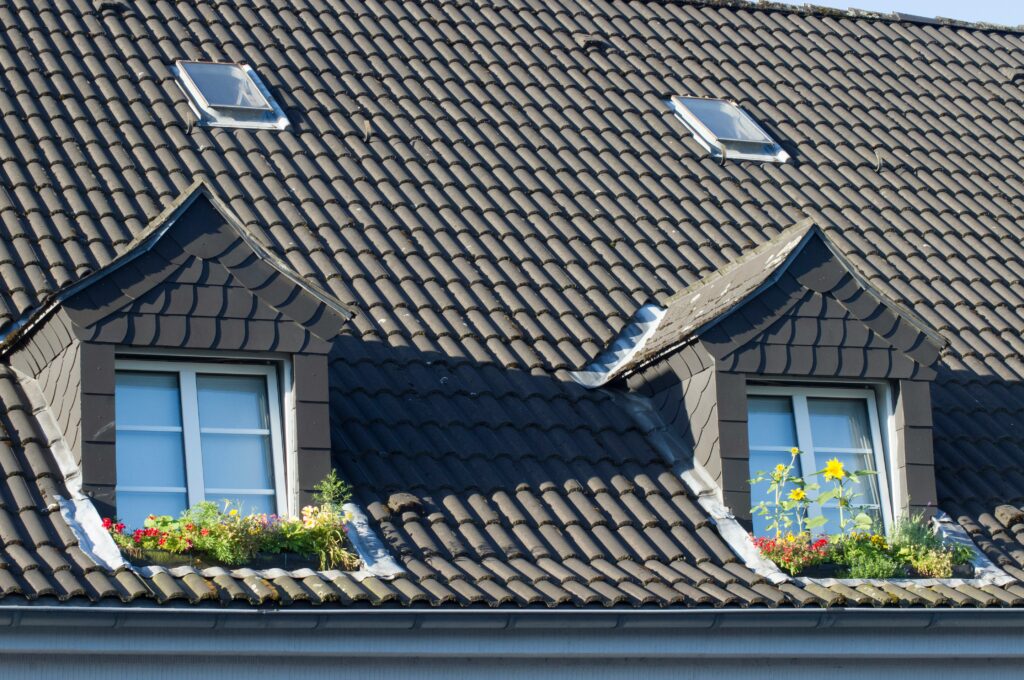When a storm hits, your roof takes the brunt of the impact. High winds, hail, heavy rain, and flying debris can cause significant damage in a matter of minutes. Whether it’s missing shingles, leaks, or structural damage, knowing what steps to take immediately after a storm can save you time, money, and frustration. In this post, we’ll guide you through a step-by-step plan for responding to storm damage, staying safe, and getting your roof repaired or replaced quickly and professionally.
1. Ensure Safety First
Before anything else, make sure you and your family are safe. If parts of the roof have collapsed or you see exposed electrical wiring, stay clear of the area. Do not attempt to climb on the roof immediately after a storm, especially if it’s wet or visibly unstable. Safety should always be your top priority.
2. Inspect for Visible Signs of Damage
Once it’s safe, walk around your property and perform a visual inspection from the ground. Some signs of storm-related roof damage include:
- Missing, cracked, or lifted shingles
- Dents or holes in shingles or flashing from hail
- Tree limbs or debris on the roof
- Bent or detached gutters
- Water stains on ceilings or walls
- Sagging roof lines
Use your phone to take clear pictures and videos from different angles. These visuals will be extremely helpful when filing an insurance claim.
3. Check Inside for Leaks or Water Damage
Damage may not always be visible from the outside. Check your attic and ceilings for water stains, damp insulation, or moldy smells. These signs often indicate hidden leaks or water infiltration from compromised roofing.
4. Cover Exposed Areas Temporarily
If your roof has active leaks or open areas, use a tarp or heavy-duty plastic sheeting to cover the damage until professional help arrives. Secure the covering with nails or weights and avoid going on the roof yourself if you’re unsure—it’s better to wait for trained contractors.
5. Contact a Professional Roofing Contractor
Call a licensed and insured roofing contractor as soon as possible. Storms can affect entire neighborhoods, so acting quickly ensures you get on their schedule sooner. Choose a company experienced in storm damage repair—they’ll know how to assess and document damage accurately.
Pro Tip: Beware of “storm chasers”—contractors who travel from city to city offering quick fixes after storms. Always verify their credentials, check online reviews, and make sure they are local.
6. File an Insurance Claim
If your roof damage is significant, it may be covered by your homeowner’s insurance policy. Here’s how to handle the process:
- Contact your insurer promptly and report the damage
- Provide documentation, including the photos and videos you took
- Request an inspection from an insurance adjuster
- Get a written estimate from your roofing contractor to compare with the insurance offer
A reputable roofing company can assist you in dealing with insurance paperwork and negotiating a fair settlement.
7. Schedule the Repairs or Roof Replacement
Once you have insurance approval (if applicable), schedule the repairs or replacement with your chosen contractor. Depending on the extent of the damage, work may involve:
- Shingle replacement
- Underlayment repair
- Flashing and gutter repair
- Structural fixes to beams or decking
- Full roof replacement in severe cases
Ensure that all work is done according to local building codes and includes a warranty for materials and labor.
8. Keep All Documentation
Save copies of all receipts, invoices, communication with your insurance company, and before-and-after photos. This documentation is crucial in case of future claims or disputes and may help when selling your home later on.
9. Prevent Future Storm Damage
Once repairs are complete, consider these steps to strengthen your roof against future storms:
- Upgrade to impact-resistant shingles
- Install hurricane straps or reinforcements
- Clean gutters regularly to avoid water backup
- Trim tree branches near the roof
- Schedule regular roof inspections, especially before storm season
Final Thoughts
Storm damage can be stressful, but taking the right steps ensures you protect your home and investment. From immediate safety measures to working with roofing pros and your insurance company, acting quickly makes a big difference. Your roof is your first line of defense—give it the care it needs when storms hit.
